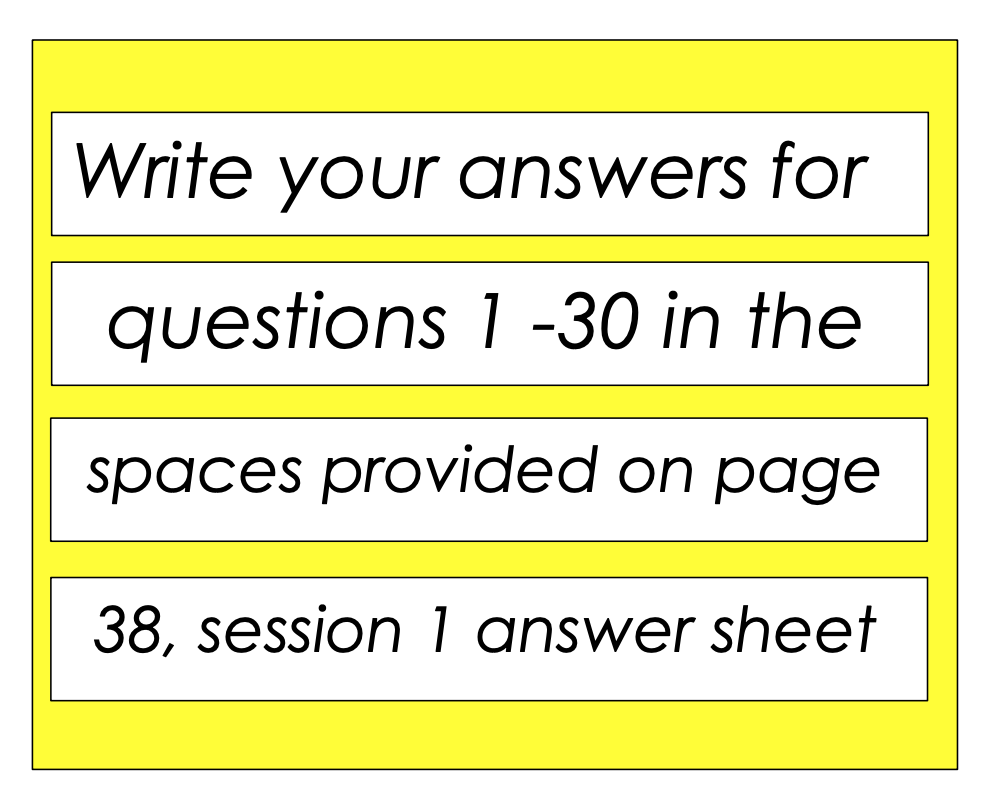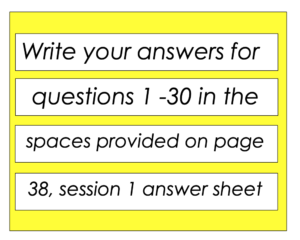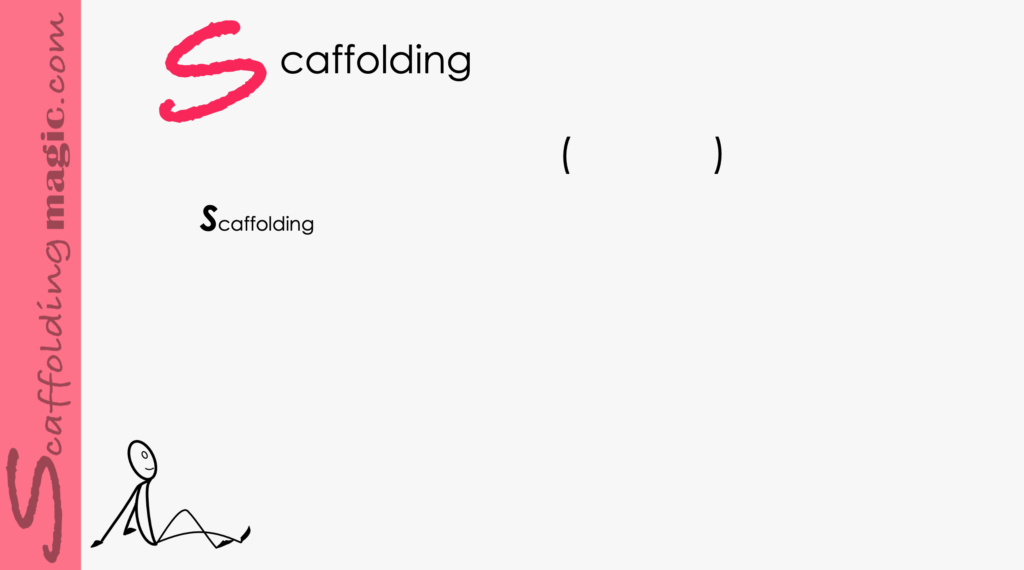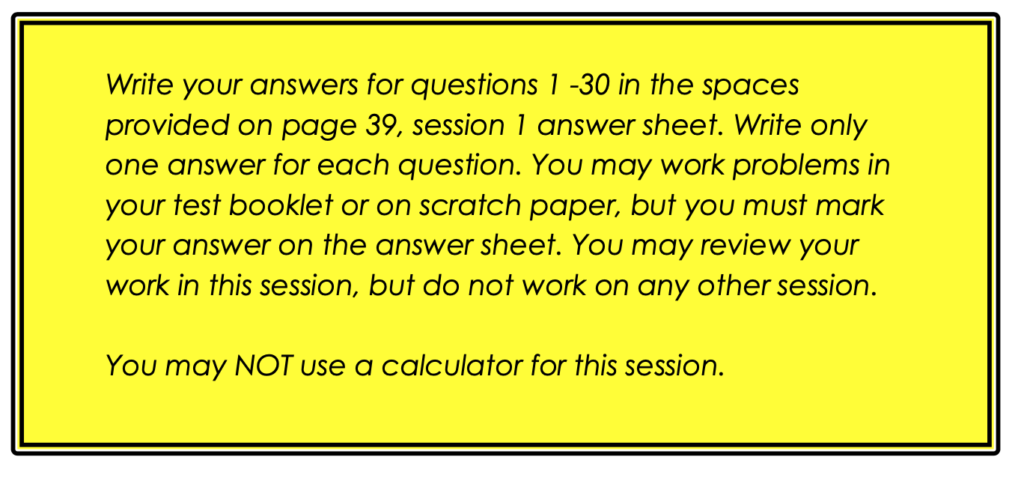You caught a beauty!!!
Download PDF of scaffold here.

Download PDF here.
theory behind the scaffold…
‘I knew I was going to fail when I didn’t even understand the instructions on the exam’, sobbed a student after failing an exam that she had studied diligently for.
‘Instructions on exams, worksheets, laboratory reports, etc., are more confusing and intimidating for our students than we might recognise, and so it’s something we rarely address when helping our students to prepare for any type of evaluation.*
Exams are often frightening for our students and there is a lot of pressure – from themselves, from their parents, from their peers – to focus on marks and not necessarily to learn the material.
Yet we often forget that even if they have managed to learn the information, the instructions used on virtually any type of evaluation, is almost always very different from the words, phrases, terms and the structure of the sentences we use day-to-day.
In our pursuit to help our students become effective learners, we need to address not just content, but the instructions that proceed that content: in exercise books, in laboratory reports, in essay prompts, in computer programming, in construction procedures, in exams, etc.. Many times the difference between passing a failing a course is the knowledge (or lack thereof) of the language used in the instructions during the learning process.
This scaffolding activity not only aids students in breaking down challenging vocabulary and structure, but it is also a perfect way of helping to balance diversity; those students who need to move to be able to assimilate information, to speak, to use interpersonal skills, to touch and manipulate information, will enjoy participating. The scaffold promotes collaboration, critical thinking, and inferencing, many other essential 21st century skills.
The example used here is for a Maths exam, but you will see how easy it is to adapt to any subject or evaluation.
* Academic success ‘is intricately linked to higher-order thinking processes developed by extensive modeling and scaffolding of classroom talk and accelerated by weaving direct teaching of its features while teaching content concepts.’ (Zwiers, 2008).
Because of how familiar we are with the language, we don’t realise that the above instructions may cause students to become immediately confused as to what is expected of them:
- Lack of pronouns: ‘Write your answers…’, ‘Write only one answer…’
- Academic language and grammar that has different meanings in other content areas: ‘spaces’, `’provided’, ‘session’, ‘may’, ‘must’, ‘booklet’, ‘scratch’, etc.
- Academic language that is structured different from colloquial use: ‘work problems’, ‘mark your answers’, ‘may not’, ‘1 through 30’
Step by Step:
- Copy and paste the instructions to the exam your students are about to take on a separate piece of paper. (You can use this template.)
- Enlarge the sentences, put ample space between each line, and print them out (as in the template).
- Cut the instructions by lines (not sentences); in this way, the sentences themselves are broken up randomly, requiring more critical thinking on the part of your students. (See example below.)
- Keep the first line of the instructions separate. The rest, mix up randomly and divide evenly amongst pairs of students.
- Mount the first line of the instructions on a designated place on the classroom walls (a wall, the blackboard, the white board, on the floor, etc.), a place where all the students can see and there is room for easy movement to and from.
- Students read the beginning instructions you’ve mounted, and then read the slips they have in their hands. In their pairs, they determine whether they have the part of the instructions that should go next.
- The appropriate pair goes up to the board, mounts the line they believe follows what has already been placed on the wall, they read what has been already mounted and then the line they have just mounted. They then go back to their seats.
- Each time a pair of students put a line of the instructions on the wall, they repeat this dynamic: they read what is already there, include the line they have added, and then go back to their seats. *
- This dynamic continues until all instructions have been mounted.
- Clarify any doubts students may have about the academic language, structure or meaning of the instructions.
- Formative evaluation: Ask pairs of students to rewrite the instructions in their own words. They read these to their classmates and receive respectful comments on whether they have re-written the instructions with the same meaning as the original.
- Reflection: Pairs join with another pair and spend 2-3 minutes discussing whether they would have understood the instructions without having participated in the scaffold, and whether this has helped them feel more confident (or not) about sitting for an exam in the future.

* By the time the entire instructions have been mounted, the students will have read and/or heard them many times and will begin to feel familiar with the language and structure in a way they did not before.
video explanation of scaffold…


Scaffoldingmagic.com is your entryway into DYNAMIC bilingual learning methodologies, such as Phenomenon-Based Learning, CLIL, EMI, and ESL. You’ll find ways to implement critical thinking tools (DOK) to promote higher level thinking, the growth mindset, instill an ethic of excellence, deep reflection on learning, and all through multi-cultural, interdisciplinary activities. We have the keys to turning competences into action and to creating collective efficacy in your school so you move ahead as a unified, enthusiastic team.






